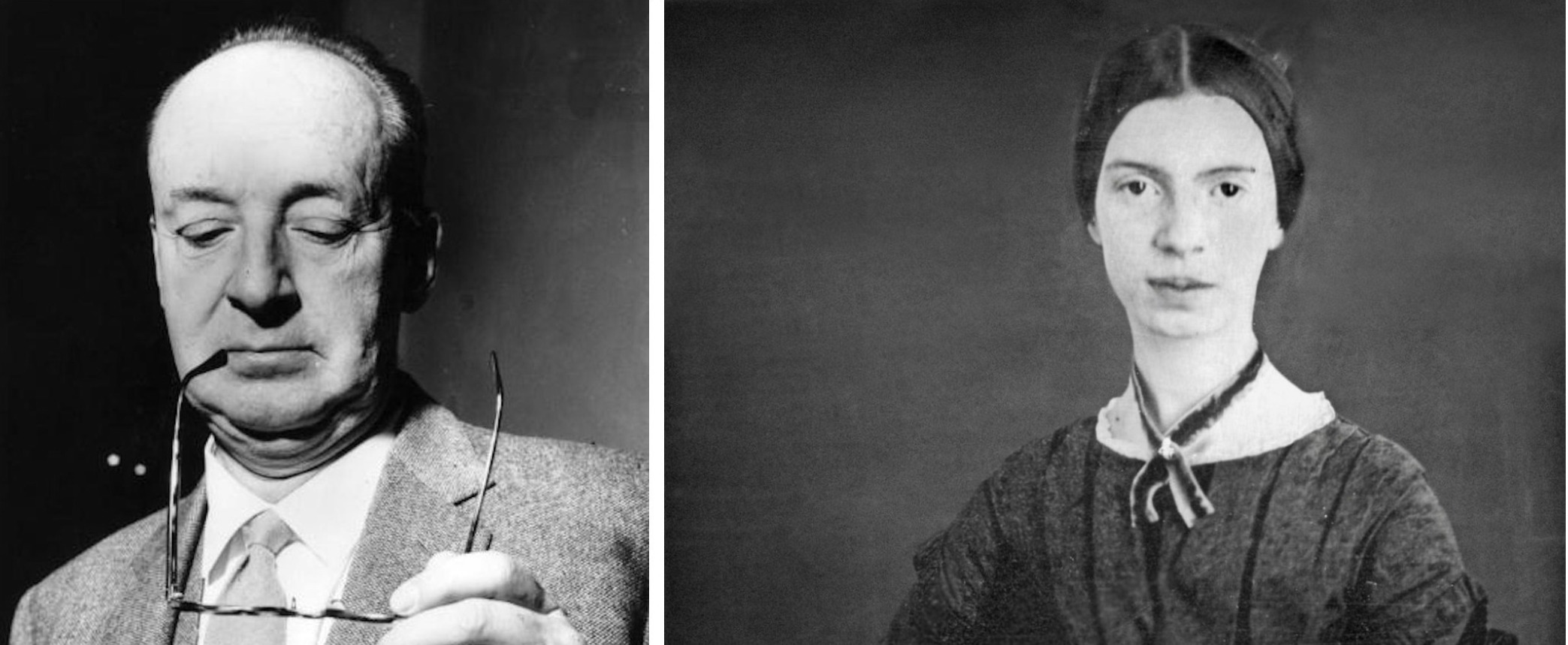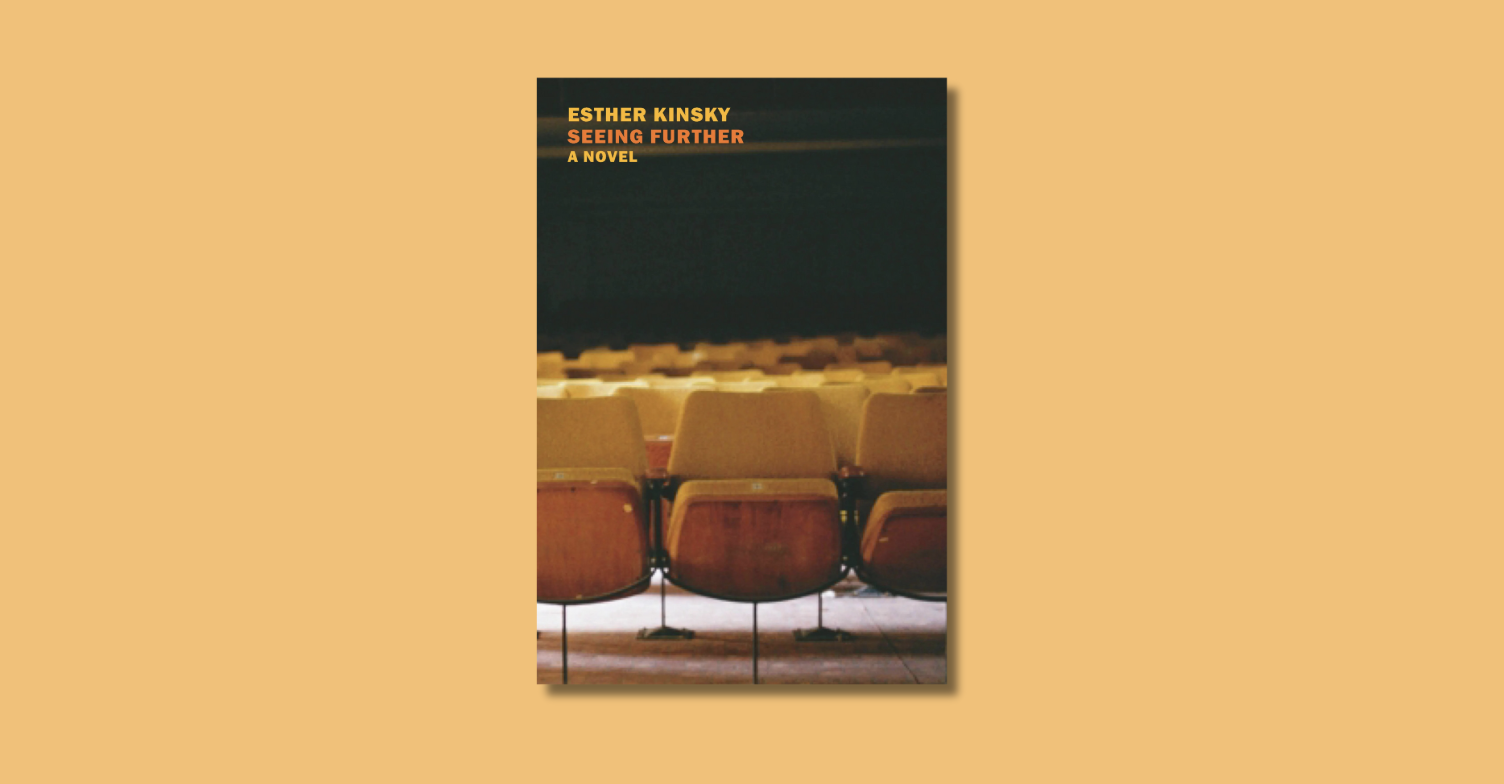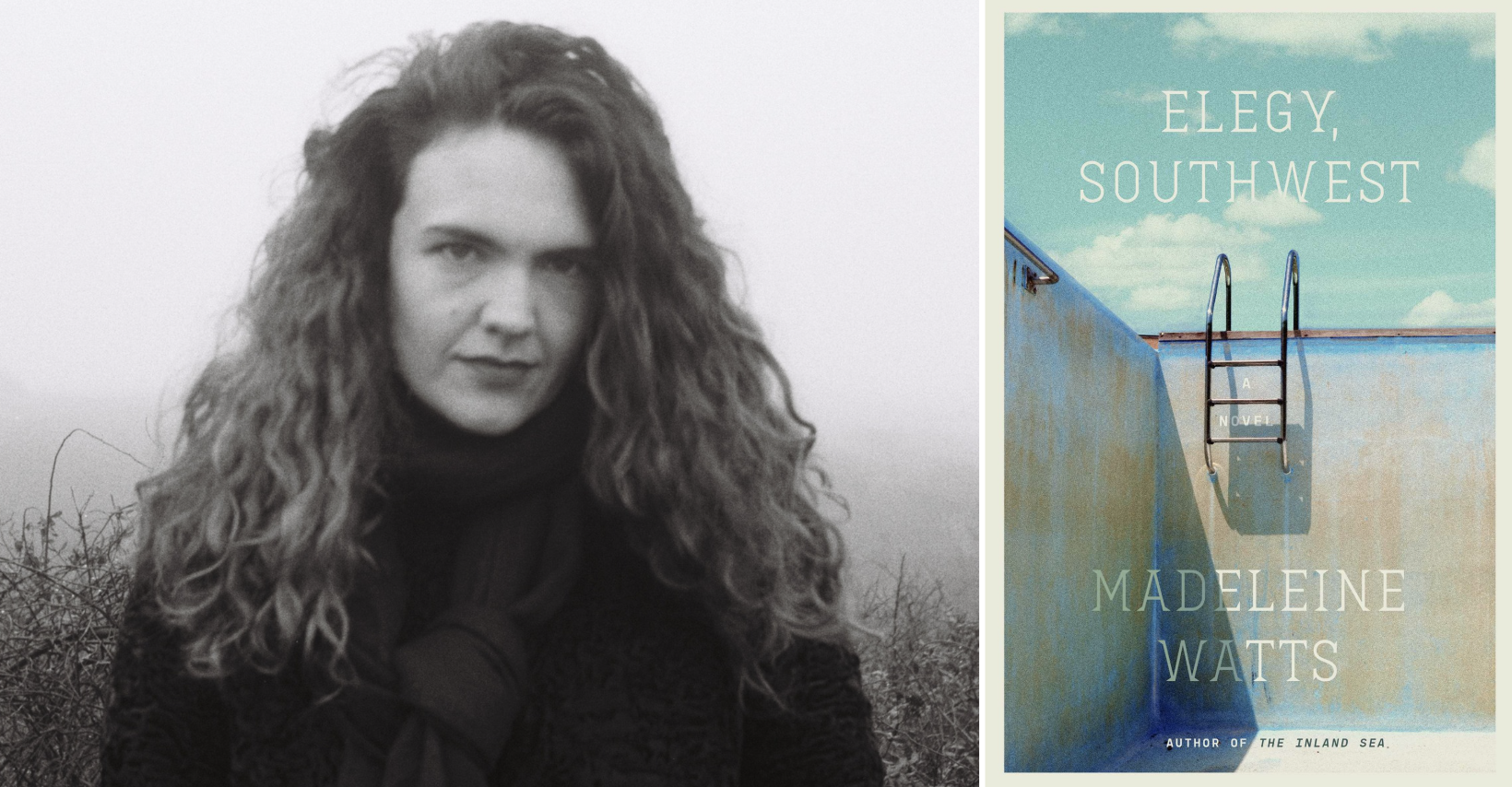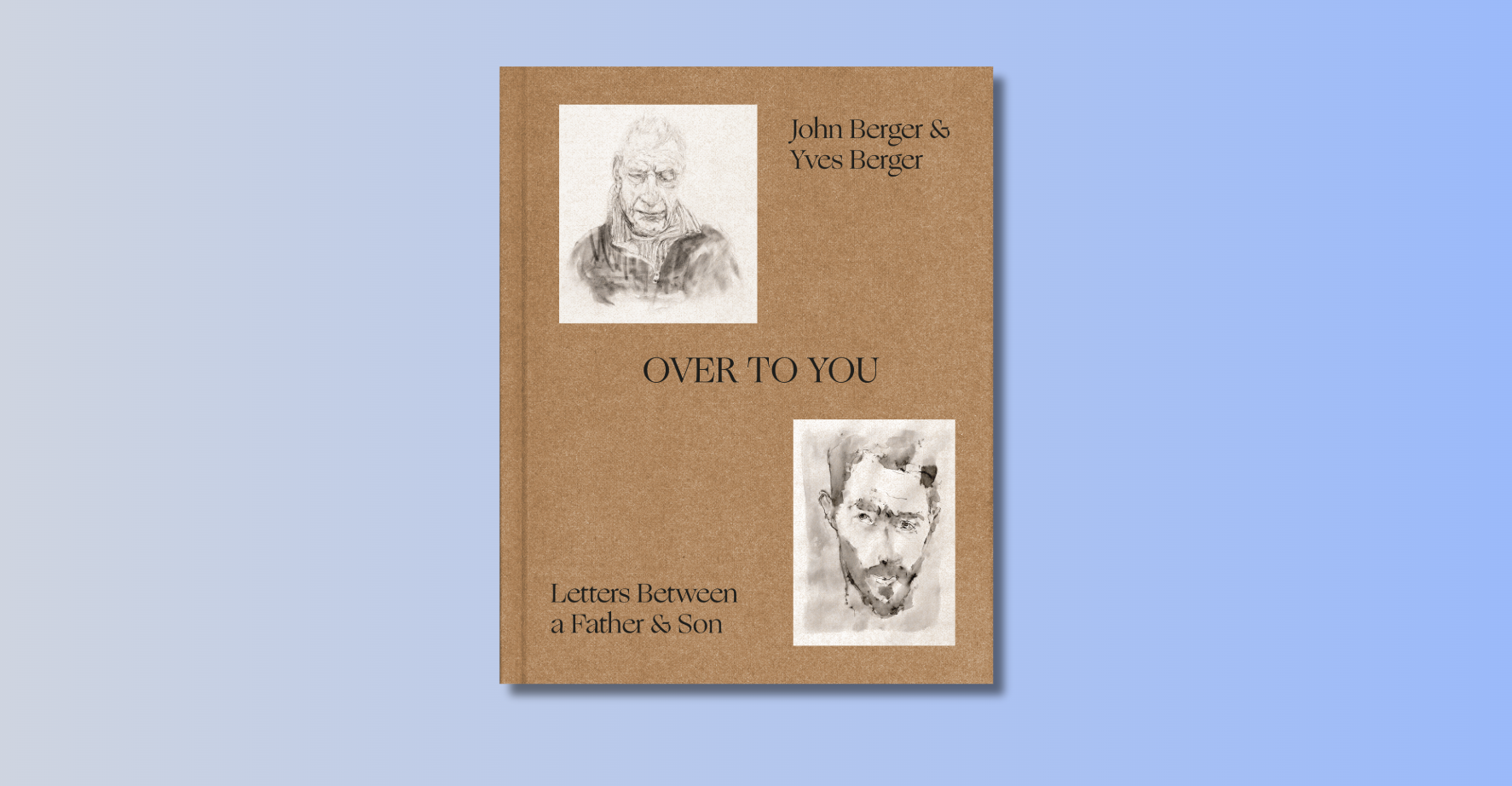Punctuation, largely invisible and insignificant for normal people, as it should be, is a highly personal matter for writers. Periods, commas, colons, semi-colons: in their use or non-use and in their order and placement, can represent elaboration, conjecture, doubt, finality. And in aggregate, over the course of a text, the rhythms of punctuation advance an author’s worldview and personality as surely as any plot or theme. Patterns of punctuation usage are the writerly equivalent of an athlete’s go-to moves, or a singer’s peculiar timbre and range—those little dots and squiggles, in a sense, encode your voice. Anthony Powell’s colon (pardon the inadvertent image) is as signature as Kyrie Irving’s crossover or Rihanna’s throaty cry.
For me, there is no punctuation mark as versatile and appealing as the em dash. I love the em dash in a way that is difficult to explain, which is, probably, the motivation of this essay. And my love for it is emphasized by the fact that many writers never, or rarely, use it—even disdain it. It is not, so to speak, an essential punctuation mark, the same way commas or periods are essential. You can get along without it and most people do. I don’t remember being taught to use it in elementary, middle, or high school English classes; I’m not even sure I was aware of it then, and I have no clear recollection of when or why I began to rely on it, yet it has become an indispensable component of my writing.
It might be useful to include an official definition of the em. From The Punctuation Guide: “The em dash is perhaps the most versatile punctuation mark. Depending on the context, the em dash can take the place of commas, parentheses, or colons—in each case to slightly different effect.” The “slightly different” part is, to me, the em dash’s appeal summarized. It is the doppelgänger of the punctuation world, a talented mimic impersonating other punctuation, but not exactly, leaving space to shade meaning. This space allows different authors to use the em dash in different ways, and so the em dash can be especially revealing of an author’s style, even their character.
 The maestro of the em dash—as he was with many things (and apologies here, it is difficult not to annoyingly play, or seem to play, on a punctuation’s usage while writing about it)—was probably Vladimir Nabokov. The locus of Nabokov’s attention is usually at least half trained on the fictional document he’s producing, so em dashes often serve as a kind of in-text footnote. But in a more general sense, he simply employs them as part of his exemplary stylistic machinery, using them as counterweights against commas, as parenthetical ballast and rhetorical cog. In Lolita, Nabokov is engaged in creating a calibrated ironic voice that half-emulates speech while retaining its smooth literary surface, and em dashes enable a more precise pacing of words and thoughts from the sentence to paragraph level. A representative passage chosen completely at random:
The maestro of the em dash—as he was with many things (and apologies here, it is difficult not to annoyingly play, or seem to play, on a punctuation’s usage while writing about it)—was probably Vladimir Nabokov. The locus of Nabokov’s attention is usually at least half trained on the fictional document he’s producing, so em dashes often serve as a kind of in-text footnote. But in a more general sense, he simply employs them as part of his exemplary stylistic machinery, using them as counterweights against commas, as parenthetical ballast and rhetorical cog. In Lolita, Nabokov is engaged in creating a calibrated ironic voice that half-emulates speech while retaining its smooth literary surface, and em dashes enable a more precise pacing of words and thoughts from the sentence to paragraph level. A representative passage chosen completely at random:
I launched upon an “Histoire abregee de la poesie anglaise” for a prominent publishing firm, and then started to compile that manual of French literature for English-speaking students (with comparisons drawn from English writers) which was to occupy me throughout the forties—and the last volume of which was almost ready for press by the time of my arrest.
I found a job—teaching English to a group of adults in Auteuil.
Notice how the use of em dashes here, not strictly prescribed by any pressing grammatical need (the first could be justly replaced with a comma, the second eliminated), are used to create an internal structure that bridges paragraphs. The long sentence at the end of the first paragraph closes with a short clause set off by an em dash, and the short sentence at the beginning of the next starts with a shorter clause also enclosed by the em. The chief effect of this kind of bracketing is, I think, intuitive and rhythmical, adding to Humbert’s pompous purr, but there is a secondary effect of conjoining the ideas of transgression (his arrest) and seeming normalcy (finding a job), a pas de deux central to Lolita’s thematic heart.
A more contemporary user of the em dash is Donald Antrim. Antrim’s em dash helps to create a faltering narration that expresses the pervasive emotional mood of his work, an almost paralytic anxiety. Take this first sentence, from the story “Ever Since:”
Ever since his wife had left him—but she wasn’t his wife, was she? he’d only thought of her that way, had begun to think of her that way, since her abrupt departure, the year before, with Richard Bishop—Jonathan had taken up a new side of his personality and become the sort of lurking man who, say, at work or at a party, mainly hovers on the outskirts of other people’s conversations, leaning close but not too close…
The narrator has only just begun to have a thought about Jonathan’s wife before a new thought intrudes, needlessly clarifying who she is to him before we even know who he is. “Needlessly” in story terms, though the larger narrative need is to exemplify, through halting syntax, Jonathan’s excruciatingly circumspect mental process. This is, to a degree, Antrim’s own process, and we get doses of it even in more remote, comic narration, such as in the long beginning sentence—Antrim is a great lover of long beginning sentences—of “An Actor Prepares:”
Lee Strasberg, a founder of the Group Theatre and the great teacher of the American Method, famously advised his students never to “use”—for generating tears, etc., in a dramatic scene—personal/historical material less than seven years in the personal/historical past; otherwise, the Emotion Memory (the death of a loved one or some like event in the actor’s life that can, when evoked through recall and substitution, hurl open the floodgates, as they say, right on cue, night after night, even during a long run)—this material, being too close, as it were, might overwhelm the artist and compromise the total control required to act the part or, more to the point, act it well; might, in fact, destabilize the play; if, for instance, at the moment in a scene when it becomes necessary for Nina or Gertrude or Macduff to wipe away tears and get on with life; if, at that moment, it becomes impossible for a wailing performer to pull it together; if, in other words, the performer remains trapped in affect long after the character has moved on to dinner or the battlefield—when this happens, then you can be sure that delirious theatrical mayhem will follow.
Here, Antrim actually violates, as he sometimes does, a basic rule of parenthetical em dash usage, that you can only use one set per sentence. The violation of this stricture is unsettling and makes it difficult to keep up with meaning. Which, in a sentence and story about artistic chaos and loss of control, is, of course, the point.
Emily Dickinson is probably the most well-known user of the dash, to such an extent that “em” might justly be taken as short for “Emily.” She habitually ended lines with em dashes, sometimes to an obvious effect, sometimes not. Here is her most famous stanza:
Because I could not stop for Death—
He kindly stopped for me—
The Carriage held but just Ourselves—
And Immortality.
What are the dashes doing here? On the one hand, since they don’t serve any obvious syntactical function, they can be read simply as a stylistic tic. But they do create a feeling of hesitation that serves the poetry. Without them, this stanza is a nicely crafted, clever piece of thinking about the inevitability and dignity of death. With them, we feel Dickinson’s hand hovering over the page, considering her subject. This lends a poignancy to the poem, a sense of the artist thinking through her subject, considering the terms of her own death. Her use of the em dash obliquely posits writing as an elaborative act, and in many of her poems the em transforms what would otherwise be somewhat inert, though great, common meter into something alive to itself, process-oriented.
My own favorite use of the em dash is for elaboration, similar to the way many writers use colons. As a personal rule, I only use colons in a specific context: that is, if what follows answers the question what? Em dashes, I find useful for both narrowing and expanding a train of thought that might lose momentum in a new sentence—in this sense, they also stand in for the semicolon, but semicolons are best used (in my fuddled cosmology of punctuation) as dividing walls between two related but independent thoughts of approximate equal value (I wholly reject, by the way, that old bullshit about eliminating semicolons).
In truth, I probably overuse the em, find too much pleasure in asides, in explanation. But I can’t do it, I cannot write terse little impregnable Tobias Wolffian sentences that stand on their own. Though I can admire a page of these sentences—the calm presiding rationality, like civilized people queueing to exit the building in a fire drill—I am drawn instinctively to the dithering em, some contingency always butting up, worrying the previous sentence before it’s had a chance to end. As Noreen Malone put it in a self-deprecating Slate article, “The problem with the dash—as you may have noticed!—is that it discourages truly efficient writing. It also—and this might be its worst sin—disrupts the flow of a sentence.”
This is true. But is efficiency the point or purpose of writing? It seems to me that novels, especially, are almost anti-efficiency devices. Yes, we want to communicate clearly, but sometimes, just as crucially, we also want to clearly communicate the difficulty of communicating clearly.
Image Credit: Wikimedia Commons.









